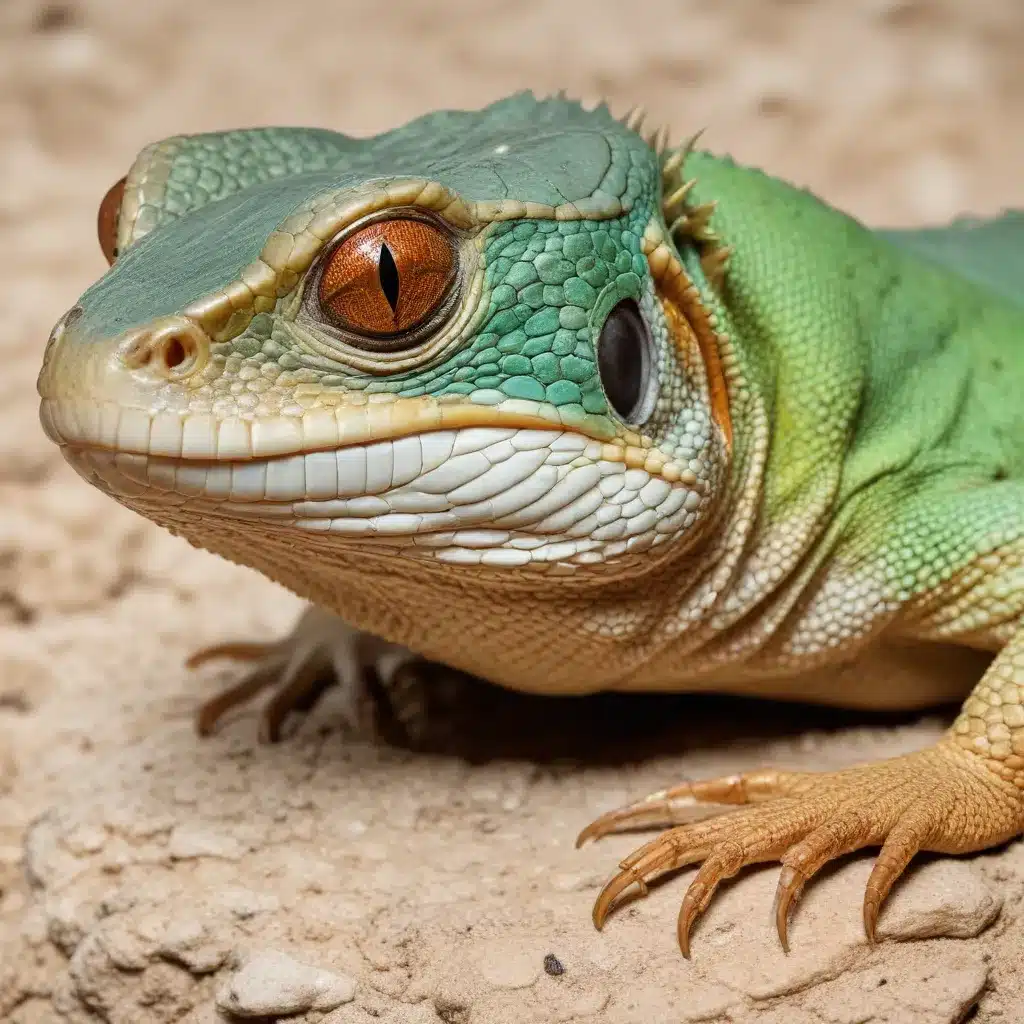
Understanding Reptile Thermoregulation
Reptile thermoregulation is a crucial aspect of maintaining the health and well-being of exotic reptile pets. Unlike warm-blooded mammals, reptiles are ectothermic, meaning they rely on external sources of heat to regulate their body temperature. This process, known as thermoregulation, is essential for reptiles to function properly and survive in their environment.
Reptiles utilize various behavioral and physiological mechanisms to maintain their optimal body temperature. Behaviorally, they may bask in the sun, seek out shaded areas, or burrow underground to regulate their temperature. Physiologically, reptiles can control blood flow and use evaporative cooling to adjust their internal temperature as needed.
Understanding the intricacies of reptile thermoregulation is crucial for responsible reptile ownership and breeding. Proper temperature management is essential for maintaining the health of reptiles, as improper temperatures can lead to a range of issues, from decreased immune function to metabolic disorders.
Reptile Species and Temperature Requirements
Reptile species vary widely in their temperature requirements, and it’s essential to research the specific needs of the species you plan to keep or breed. Some reptiles, like desert-dwelling lizards, require higher temperatures, while others, such as tropical forest-dwelling snakes, prefer cooler environments.
| Reptile Species | Optimal Temperature Range |
|---|---|
| Bearded Dragon |
|
| Ball Python |
|
| Red-Eared Slider Turtle |
|
Maintaining the proper temperature ranges is crucial for reptile health and breeding success. Providing the right thermal environment can help promote proper digestion, immune function, and overall well-being in your reptile pets.
Reptile Thermoregulation Mechanisms
Reptiles employ a variety of behavioral and physiological mechanisms to regulate their body temperature. Understanding these mechanisms is essential for ensuring the proper care and management of exotic reptiles.
Behavioral Thermoregulation:
– Basking: Reptiles may bask in the sun or under a heat lamp to absorb thermal energy and raise their body temperature.
– Shade-seeking: Reptiles may move to shaded areas or burrow underground to avoid excessive heat and cool their bodies.
– Postural adjustments: Reptiles may change their body posture to maximize or minimize their exposure to heat sources.
Physiological Thermoregulation:
– Evaporative cooling: Some reptiles, such as snakes and lizards, can use evaporative cooling by releasing moisture through their skin or respiratory system to lower their body temperature.
– Blood flow regulation: Reptiles can control the flow of blood to the skin, allowing them to either retain or dissipate heat as needed.
– Metabolic adjustments: Reptiles can adjust their metabolic rate to generate or conserve heat, depending on their thermal needs.
Recognizing and understanding these thermoregulation mechanisms is crucial for providing the right environmental conditions for your reptile pets and ensuring their overall health and well-being.
Reptile Breeding and Thermoregulation
Proper thermoregulation is not only essential for the health of individual reptiles but also plays a critical role in successful reptile breeding. Reptile breeders must carefully monitor and maintain the appropriate temperatures for each stage of the breeding process, from egg incubation to hatchling development.
Egg Incubation:
The temperature and humidity of the incubation environment are crucial for the proper development of reptile eggs. Deviations from the optimal range can result in abnormalities, stunted growth, or even embryo mortality. Experienced reptile breeders closely monitor and adjust the incubation parameters to ensure successful hatchings.
Hatchling and Juvenile Care:
Newly hatched reptiles are particularly sensitive to temperature fluctuations and may require more precise environmental controls than adult specimens. Providing the correct thermal gradient, basking areas, and humidity levels is essential for the healthy growth and development of hatchlings and juveniles.
Adult Breeding Conditions:
Reptile breeding often requires specific temperature and lighting conditions to stimulate the animals’ reproductive cycles. Breeders may adjust the photoperiod, temperature, and humidity to mimic seasonal changes and trigger mating behaviors.
By understanding the thermoregulation requirements for each stage of the breeding process, reptile breeders can optimize their success and ensure the health and well-being of their breeding stock and offspring.
Legal Considerations for Reptile Ownership and Breeding
In addition to the technical aspects of reptile care and breeding, it’s crucial to be aware of the legal requirements and regulations surrounding the ownership and sale of exotic reptiles.
Licensing and Permits:
Many regions have specific laws and regulations governing the ownership, breeding, and sale of exotic reptiles. Breeders and sellers may be required to obtain appropriate licenses, permits, or certifications to legally operate. Failure to comply with these regulations can result in hefty fines or even legal consequences.
Species-Specific Restrictions:
Certain reptile species may be subject to additional restrictions or even bans on ownership, breeding, or sale. It’s essential to research and adhere to the specific laws and regulations in your area to ensure you are in compliance.
Animal Welfare and Ethical Considerations:
Reptile owners and breeders have a responsibility to ensure the well-being and humane treatment of their animals. This includes providing appropriate housing, nutrition, and veterinary care, as well as avoiding any practices that may cause undue stress or suffering.
By staying informed about the legal requirements and ethical considerations surrounding reptile ownership and breeding, you can ensure that your operations are compliant and that your reptile pets and breeding stock are well cared for.
Conclusion
Reptile thermoregulation is a complex and essential aspect of exotic reptile care and breeding. Understanding the behavioral and physiological mechanisms that reptiles use to regulate their body temperature, as well as the specific temperature requirements of different species, is crucial for maintaining the health and well-being of your reptile pets and breeding stock.
Additionally, it’s important to be aware of the legal considerations and regulations surrounding the ownership, breeding, and sale of exotic reptiles. By staying informed and adhering to best practices in reptile care and breeding, you can ensure the success and sustainability of your reptile-related endeavors.
For more information on exotic reptile care, breeding, and legal requirements, please visit our website at ExoticReptiles.com.

